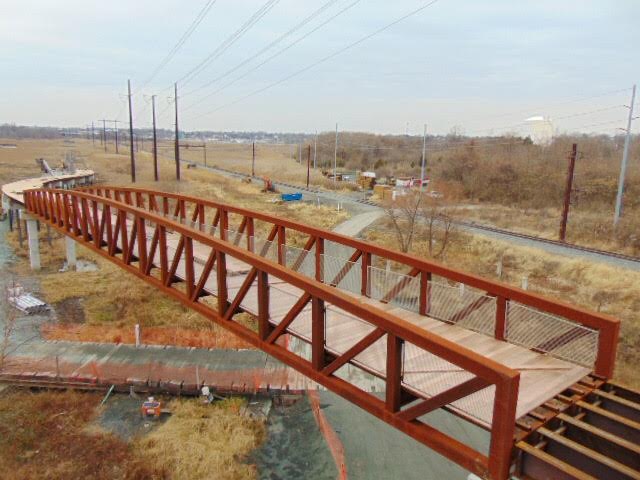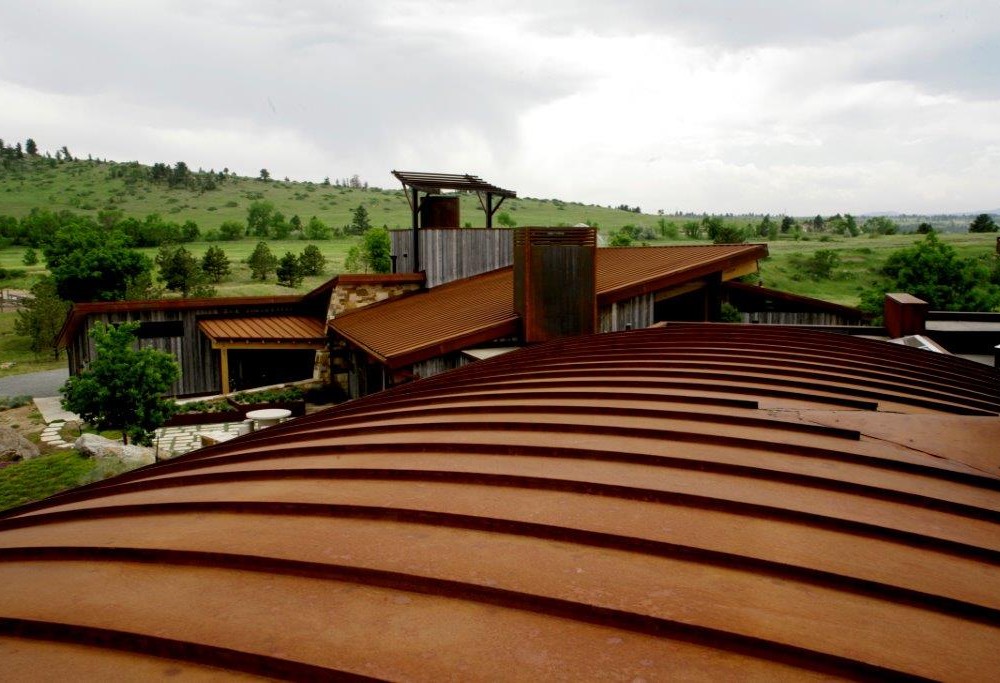Weather steel has extra alloying elements mixed in with the iron and carbon atoms. With these elements, weathering steel gets better strength and more corrosion resistance than typical carbon steel grades. This is the reason weathering steel is often used in outdoor applications.
Typically, weathering steel has less than 0.3% carbon by weight. With this low amount of carbon, it can remain tough and ductile. Also, this kind of steel includes other alloying elements which help increase the strength and corrosion resistance. Different alloying elements are used but nickel, chromium, and copper are the major elements in weathering steel.
How Does Weathering Steel Work
Unlike other corrosion resistant steels like austenitic stainless steel, weathering Houston steel is not resistant to rust formation. But, it will only rust on the outer surface. The surface layer of rust serves as a barrier and protects the steel from further corrosion. In weathering steel, the alloying elements cause the initial rust formation to adhere better to the steel, preventing the penetration of rust deeper into the steel which will weaken the steel. With this protective rust layer, weathering steel does not need to be coated.

Steel Grades
As a family of low carbon alloy steels, weathering steel has a variety of grades. A number of its grades are proprietary like COR-TEN A or COR-TEN B and Patinax weathering steel. These proprietary grades are similar to the ASTM classifications A 242 and A 588. These steels display exceptional resistance to corrosion over regular carbon steel because of the development of a protective oxide film on the surface of the metal that slows down further corrosion. They possess 50, 000 minimum yield strength characteristics that let enable cost reduction through the ability to design lighter sections into structures.
Uses of Weathering Steel
Weathering steel is often used for exposed steel structures. This way, the metal does not have to be constantly repainted or recoated. Examples include bridge and building construction, wall panel applications, marine transportation, sculptures, and other architectural applications.

Product Cautions
The use of weathering steel in construction is likely to present many challenges. This kind of steel isn’t rustproof in itself. This means that water can accumulate in pockets, making it possible for these areas to experience higher corrosion rates. Also, weathering steel is sensitive to humid subtropical climates and environments that are laden with sea salt. In these environments, the steel’s protective patina might continue to corrode instead of stabilizing.







